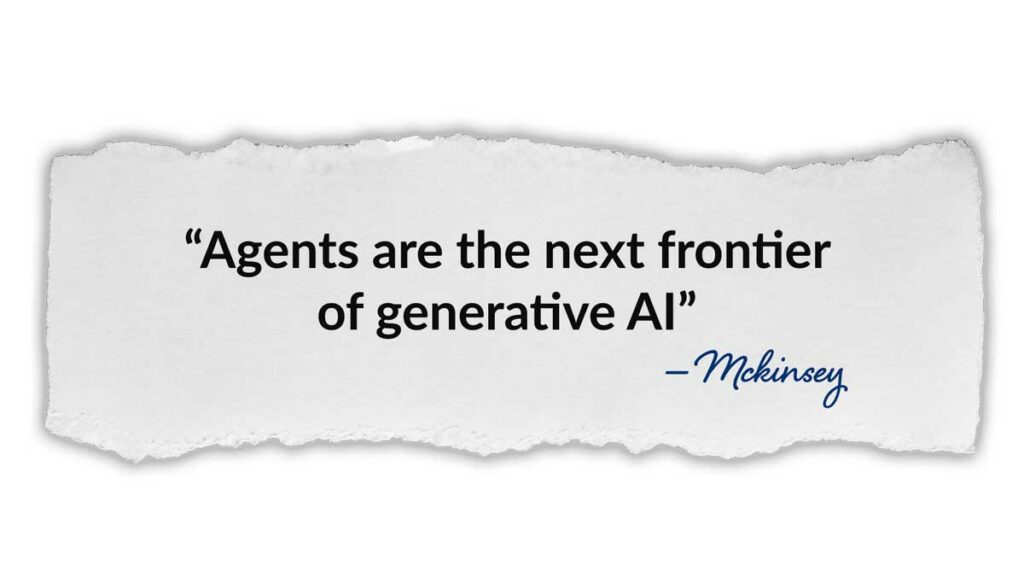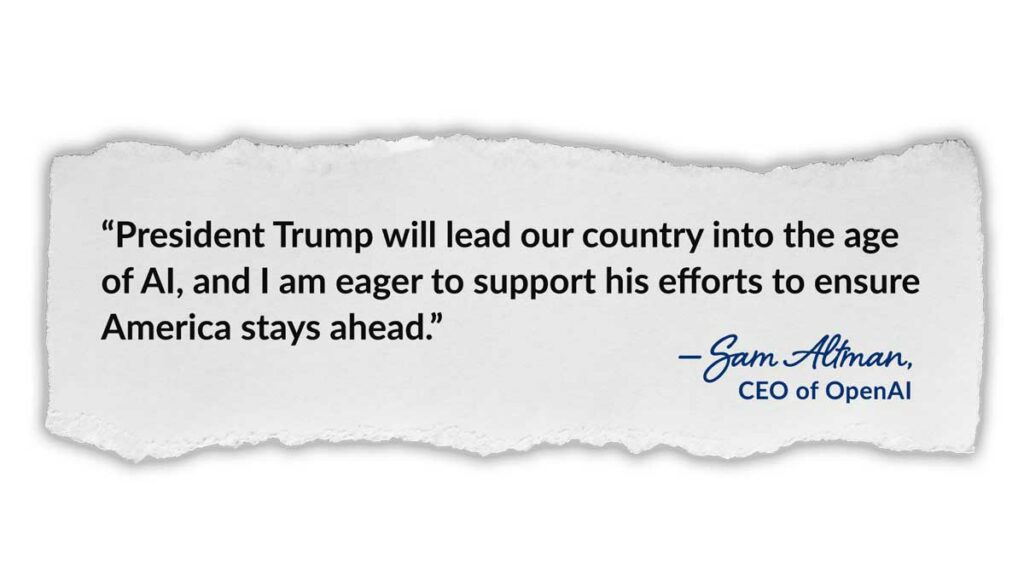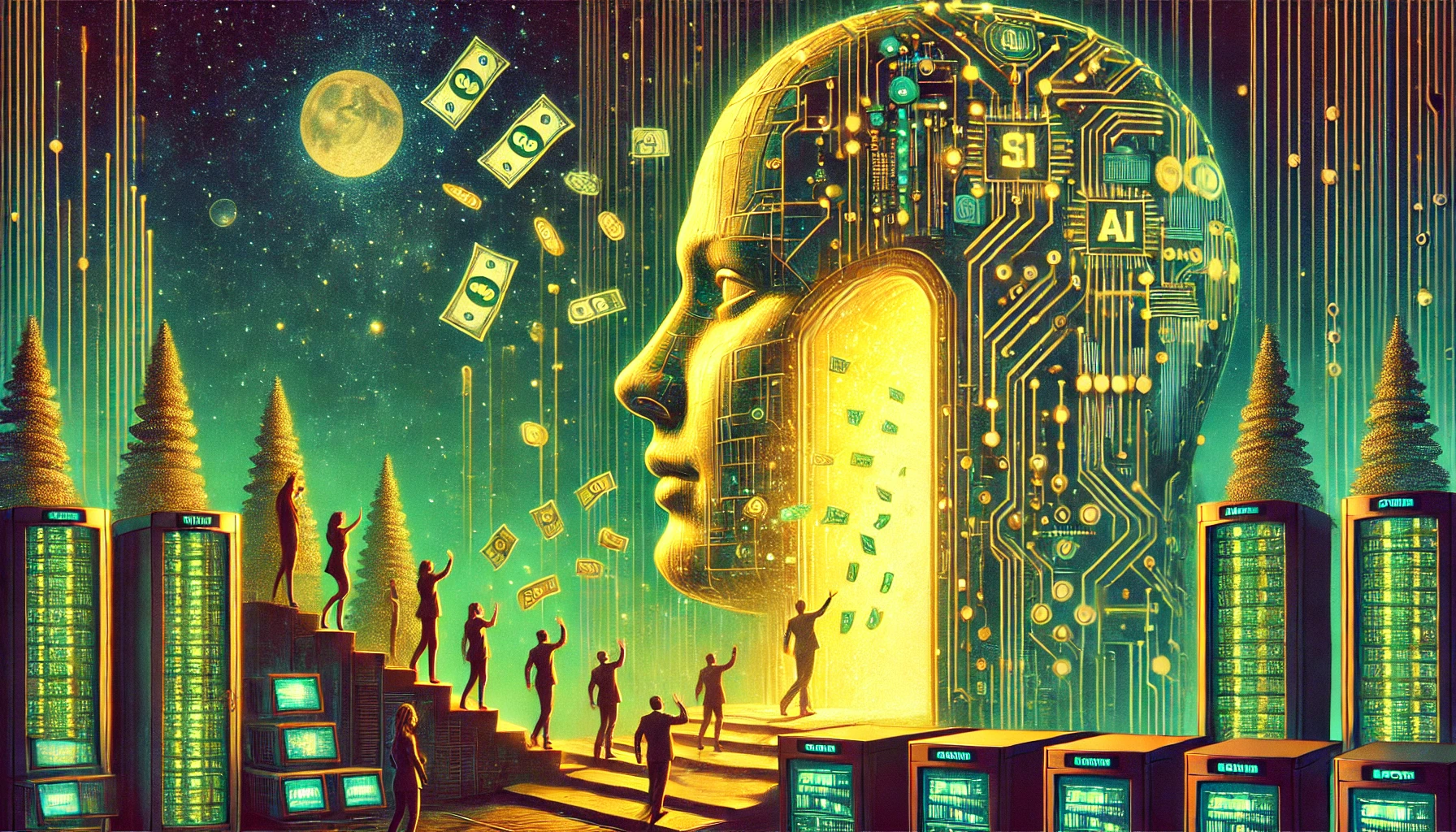A new tech gold rush is underway, not in crypto or clean energy. It’s artificial intelligence.
The AI boom has minted 29 new billionaires, amassing $71 billion in personal wealth. That’s not a typo. This elite group didn’t just ride the wave—they helped build it. Founders, early investors, and visionaries behind today’s leading AI companies are reaping the rewards in record time.
While the dot-com and mobile revolutions took years, the AI era is moving at warp speed—transforming how we work, invest, and imagine the future.
💰 From Code to Cash: The Fastest Wealth Creation in Tech History
At the heart of this financial frenzy are names you probably know—OpenAI, Anthropic, and a rising number of stealth-mode AI startups you probably don’t. But venture capitalists do. And they’re pouring in billions, sometimes before a product hits the market.
- OpenAI, creator of ChatGPT, is reportedly valued at $300 billion.
- Anthropic, the brains behind Claude, is cruising past $60 billion.
- Safe Superintelligence launched just last fall and has already secured a $32 billion valuation.
Together, the founders of these three firms alone hold about $38 billion in equity.
And that’s just the beginning.
🧠 AI With Agency: Assistants That Think (and Act) For You
Gone are the days when AI was just a chatbot answering trivia. Today’s most potent AI assistants can browse the internet, run software, analyze documents, and even handle your calendar like a personal chief of staff.
Anthropic’s Claude, for instance, has entered a new capability phase we call “AI with agency.” As I explored in my piece “AI With Agency: A New Era in Tech,” this means AI is no longer passive—it acts, decides, and executes.
Imagine handing over your busy work to an algorithm that never sleeps, never complains, and learns faster than an intern. That’s not tomorrow. That’s right now.

⚡ Le Chat: The Speed Champion of AI Assistants
Of course, intelligence is just part of the equation. Speed is the new currency.
Mistral’s Le Chat, the blazing-fast open-source AI assistant out of Paris, is a game-changer. It delivers responses in 1.3 seconds—faster than OpenAI’s GPT-4o or Anthropic’s Claude by a mile. The secret? Wafer-scale chips from Cerebras and a radical approach to inference efficiency.
I dove deep into this in Le Chat: AI’s New Speed Champion, where I explored how infrastructure, not just algorithms, is setting the next leaders apart.
As big tech and cloud giants like Amazon plan to invest $100 billion in AI infrastructure this year, the race is on—not just to think but to act faster.
🚨 Not All That Glitters Is Gold
Of course, not every AI rocket is destined for orbit.
Take CoreWeave Inc., for example—a former crypto mining firm turned AI darling. It recently priced its IPO at a $23 billion valuation, falling short of the $35 billion it aimed for. The stock? It opened with a thud and closed flat. Still, its three founders became billionaires—on paper.
The smarter money is flowing more selectively now—toward companies with scalable models, real infrastructure, and long-term utility. The hype window is narrowing, and the market is asking tougher questions.
📊 A Billion Here, A Guess There
How exactly are these billionaire numbers calculated? It’s part data science, part educated guesswork.
Bloomberg combined PitchBook funding data with employee equity estimates from Carta to estimate founder stakes, then averaged it across company teams. But in reality? Equity splits are rarely equal, and most fortunes are still locked behind the opaque walls of private markets.
Some, like OpenAI, blur the lines further—part nonprofit, part powerhouse. Others, like China’s DeepSeek, are valuation chameleons. It’s worth $1 billion or $150 billion, depending on whom you ask. That’s the difference between “quiet billionaire” and “one of the richest humans alive.”
The takeaway? Yes, fortunes are being made. But in a world of stealth valuations and paper wealth, the most intelligent investors are asking:
What’s real? What scales? And where’s the moat?

🔮 What’s Next? Watch These Trends
The billionaires of the AI boom are just the first wave. Here’s what to watch if you’re looking to ride this next revolution:
- Open-source acceleration: Customizable, decentralized AI is here to stay.
- Inference at the edge: AI is moving off the cloud into real-time, local apps.
- Autonomous agents: Claude and others are just the beginning of task-running AIs.
- AI meets finance, health, and education: Big disruption = big money.
This decade belongs to builders and bold thinkers who understand that AI isn’t just another app. It’s the subsequent foundation of the global economy.

✨ Final Thought: Intelligence is the New Capital
In this new era, intelligence—both human and machine—is the most valuable asset on the planet. And for the 29 new billionaires riding this wave, it’s already paying off.
The question is: Will you be a user of AI or an owner of it?
